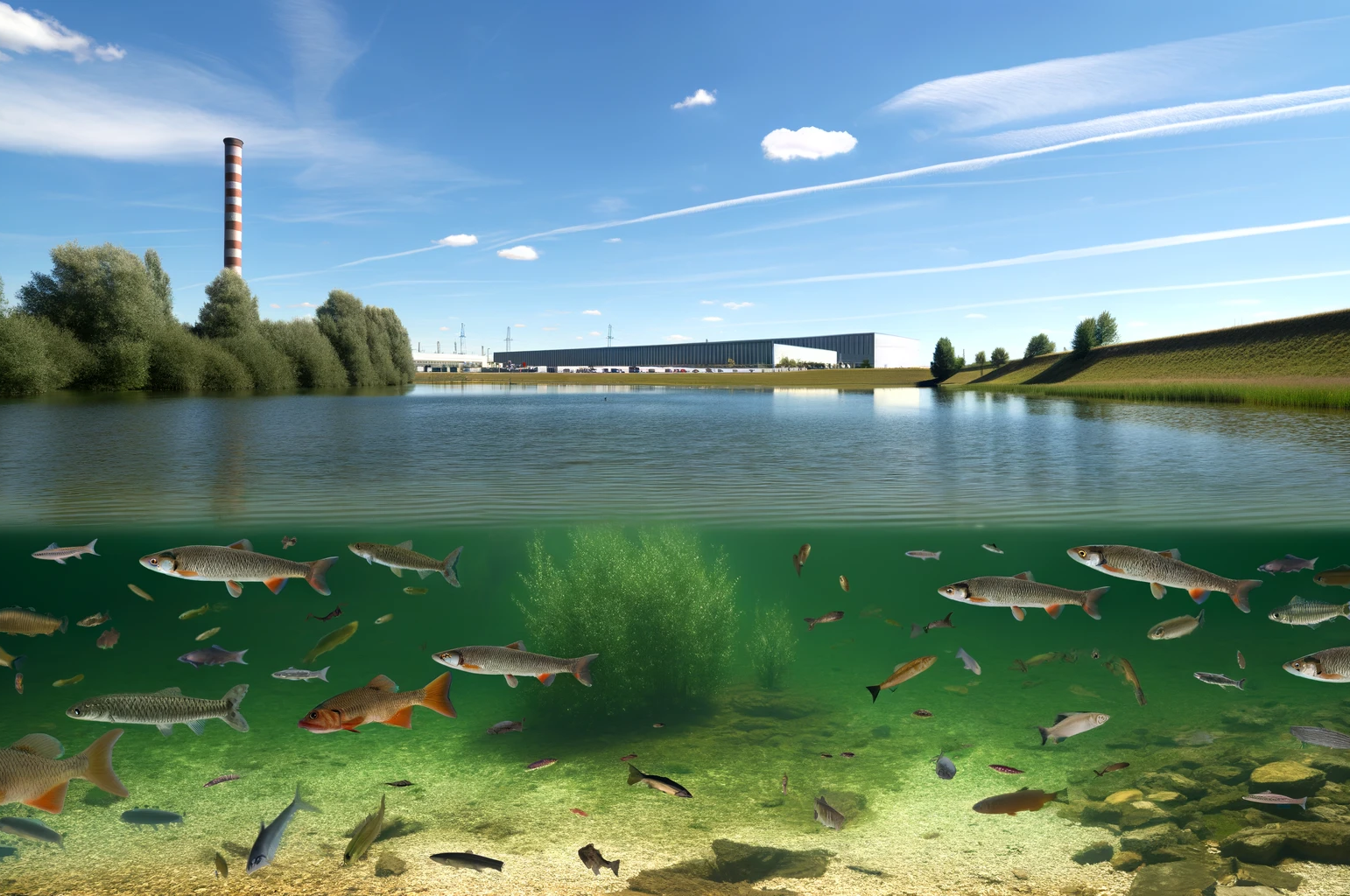
Dr. Stan Pauwels has 33 years of experience in the environmental field, with broad knowledge in the areas of ecological risk assessment (ERA), ecotoxicology, data analysis and interpretation, field support, and client support. He managed numerous RCRA and Superfund ERA projects between 2002 and 2018, where he gained extensive experience working with and interpreting state, regional, and federal ERA regulations and guidance. He has used this knowledge to write several dozen ERA reports and review more than 350 screening-level ERAs and baseline ERAs at Superfund and RCRA sites nationwide. These sites have included landfills, wood treatment facilities, tanneries, chemical facilities, refineries, nuclear power facilities, multiple mining sites, and numerous military bases. Dr. Pauwels has served as a lead biologist and/or project manager at more than 80 RCRA and Superfund sites to assess and quantify the effects of heavy metals, PAHs, petroleum hydrocarbons, pesticides, PCBs, dioxins and furans, and chlorinated solvents on aquatic and terrestrial ecological receptors, communicating his findings to clients nationwide, both in writing and orally.
Dr. Pauwels’ previous consulting experience includes providing ecological support for economic benefits analyses and regulatory impact analyses on environmental rules proposed by EPA for cooling water intake structures, animal feedlots, acid rain, herbicide application, eutrophication, mercury deposition, and petroleum-related activities. He started his career working at a multinational petroleum company to address environmental issues related to petroleum exploration and refining, chemical manufacturing, and oil spills, both in the U.S. and abroad.
Ph.D., Zoology (Aquatic Toxicology), University of Maine, Orono, Maine, 1990
M.S., Zoology (Fisheries Science), University of Maine, Orono, Maine, 1985
B.A., Biology, State University of New York, Buffalo, New York, 1983
Board-Certified Environmental Risk Assessor, IBERA Diplomate (2023)
Stan Pauwels, Ph.D. Senior Consultant
Dr. Stan Pauwels has 33 years of experience in the environmental field, with broad knowledge in the areas of ecological risk assessment (ERA), ecotoxicology, data analysis and interpretation, field support, and client support. He managed numerous RCRA and Superfund ERA projects between 2002 and 2018, where he gained extensive experience working with and interpreting state, regional, and federal ERA regulations and guidance. He has used this knowledge to write several dozen ERA reports and review more than 350 screening-level ERAs and baseline ERAs at Superfund and RCRA sites nationwide. These sites have included landfills, wood treatment facilities, tanneries, chemical facilities, refiner...
Dr. Stan Pauwels has 33 years of experience in the environmental field, with broad knowledge in the areas of ecological risk assessment (ERA), ecotoxicology, data analysis and interpretation, field support, and client support. He managed numerous RCRA and Superfund ERA projects between 2002 and 2018, where he gained extensive experience working with and interpreting state, regional, and federal ERA regulations and guidance. He has used this knowledge to write several dozen ERA reports and review more than 350 screening-level ERAs and baseline ERAs at Superfund and RCRA sites nationwide. These sites have included landfills, wood treatment facilities, tanneries, chemical facilities, refineries, nuclear power facilities, multiple mining sites, and numerous military bases. Dr. Pauwels has served as a lead biologist and/or project manager at more than 80 RCRA and Superfund sites to assess and quantify the effects of heavy metals, PAHs, petroleum hydrocarbons, pesticides, PCBs, dioxins and furans, and chlorinated solvents on aquatic and terrestrial ecological receptors, communicating his findings to clients nationwide, both in writing and orally.
Dr. Pauwels’ previous consulting experience includes providing ecological support for economic benefits analyses and regulatory impact analyses on environmental rules proposed by EPA for cooling water intake structures, animal feedlots, acid rain, herbicide application, eutrophication, mercury deposition, and petroleum-related activities. He started his career working at a multinational petroleum company to address environmental issues related to petroleum exploration and refining, chemical manufacturing, and oil spills, both in the U.S. and abroad.


Collecting fish samples to provide analytical data for tracking future sediment remediation efforts
Case Study
March 05 2024

Using ecological risk assessment to evaluate environmental impacts of desalination effluent
Case Study
March 05 2024
Supporting the permitting process for the water intake structure of a proposed desalination facility
Case Study
March 05 2024

A fish and benthic invertebrate community survey in support of a pre-design investigation
Case Study
March 01 2024
A refined ecological risk assessment yields less conservative risk estimates
Case Study
March 01 2024- Ecological Risk Assessment
- Planning and Permitting
- Predesign Investigation
- Toxicology
- Regulatory Compliance
- Fisheries
- Data Analysis
- Contaminated Sediments
- Sediment Investigation
- Metals Toxicology and Assessment
- Data Sufficiency
- Mining Support
- Technical Writing
- Statistical Analysis
- Industrial Wastewater
- Litigation Support
- NRDA For Oil Spills
- Data Quality Assurance
- PFAS
- Ecological Modeling
- Groundwater Monitoring
- Environmental Monitoring
- Environmental Modeling
- Ecological Restoration
- Wetlands
- Project Management

